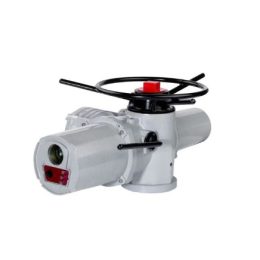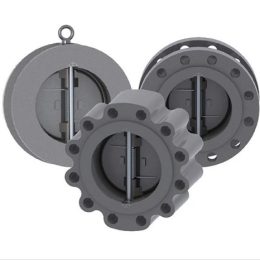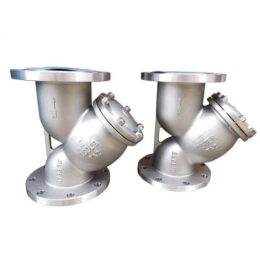Why Should the Shut-Off Valve Have Low Inlet and High Outlet?
Introduction
A stop valve, also known as a cut-off valve, is a forced-sealing valve that is widely used for shutting off or regulating and throttling. The shut-off valve is designed to have low inlet and high outlet, but there are some special cases where the shut-off valve is designed to have high inlet and low outlet. In this blog post, we will discuss the reasons why the shut-off valve should have low inlet and high outlet, and when it is necessary to have high inlet and low outlet.
Benefits of Low Inlet and High Outlet
The shut-off valve is designed for low inlet and high outlet to make the flow resistance small and save effort when opening the valve. Additionally, when the valve is closed, the gasket between the valve casing and the valve cover and the packing around the valve stem are not stressed and will not be subjected to medium pressure and temperature for a long time. This prolongs the service life of the valve and reduces the probability of leakage. Moreover, the packing can be replaced or added when the valve is closed for easy maintenance.
Special Cases of High Inlet and Low Outlet
There are certain situations where the shut-off valve should have high inlet and low outlet. These include:
- High pressure stop valve with a diameter greater than 100mm: Due to the poor sealing performance of large-diameter valves, when the shut-off valve is closed, the medium pressure acts on the valve flap to increase the sealing performance of the valve.
- Two shut-off valves in series on the bypass pipeline, the second shut-off valve requires “high inlet and low outlet”: In order to ensure the tightness of the valve during an overhaul period, valves that are frequently opened and closed are required to install two shut-off valves in series. For bypass systems, the installation functions of this bypass include balancing the front and back pressure of the main pipeline valve to make it easy to open and reduce the wear of the main pipeline valve; small flow heating pipe during startup; and on the main feed water pipeline, controlling the feed water flow to control the boiler pressure increase speed to perform the boiler water pressure test. According to the flow direction of the medium, the bypass stop valves are respectively the primary valve and the secondary valve. The primary valve and the secondary valve are closed during normal operation of the unit, and both are in direct contact with the medium. In order to prevent the packing between the casing and bonnet of the secondary valve and the packing around the valve stem from being affected by the medium and temperature for a long time, and the packing of the valve can be replaced during operation, the installation direction of the secondary valve is “high in and low out” “.
- Boiler exhaust and vent stop valve: Boiler exhaust and venting shut-off valves are only used in the boiler start-up and water supply process. The opening and closing frequency is small, but the working fluid loss is often caused by the lack of sealing. For this reason, some power plants install such shut-off valves in order to improve the tightness. “High in, low out.”
- Electromagnetic quick shut-off valve: The function of the electromagnetic quick cut valve is to close quickly and cut off the fuel supply quickly. If the working fluid enters the quick-break valve from the bottom, the torque generated by the heavy hammer is less than the torque generated by the fuel pressure, and the fuel cannot be cut off when the quick-break valve is activated, thus failing to achieve the desired purpose. If the working fluid enters from the upper part of the quick-break valve, once the quick-break valve is actuated, the pressure behind the valve drops rapidly, and the force of the fuel acting on the lower part of the valve disc drops to 0 quickly, and the force and weight of the fuel acting on the disc The force formed by the gravity of the lever.
Conclusion
In conclusion, the shut-off valve is designed for low inlet and high outlet to save effort when opening the valve and prolong the service life of the valve. While there are some special cases where the shut-off valve should have high inlet and low outlet, it is generally not recommended for large-diameter and high-pressure conditions. It is important to consider the specific application and choose the appropriate shut-off valve design accordingly.



